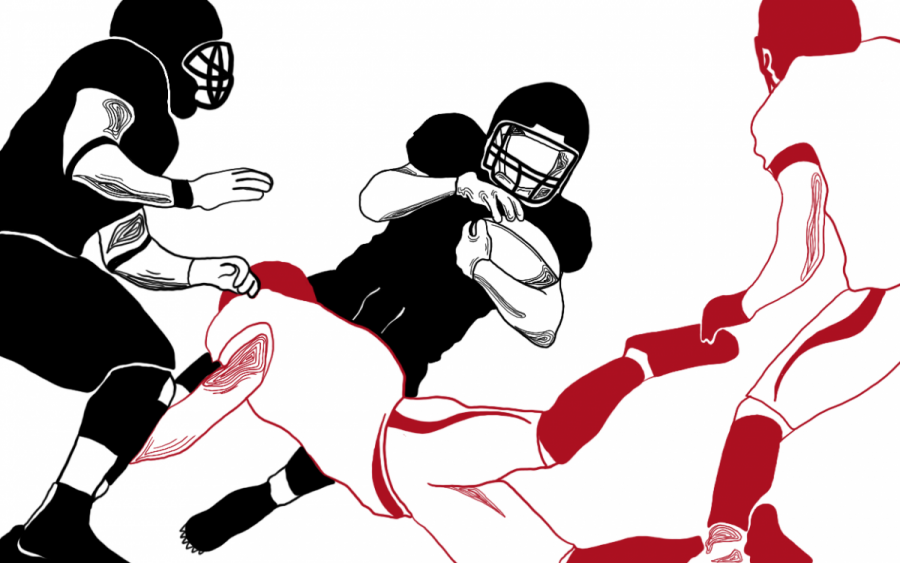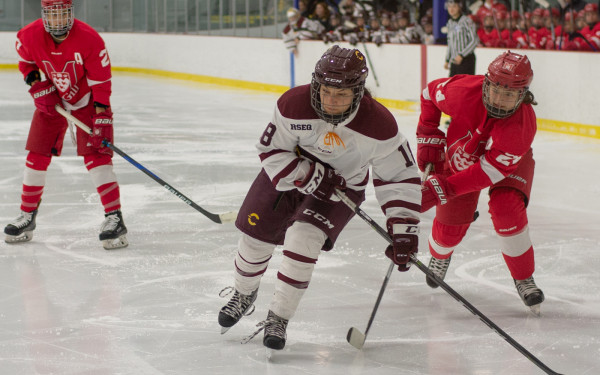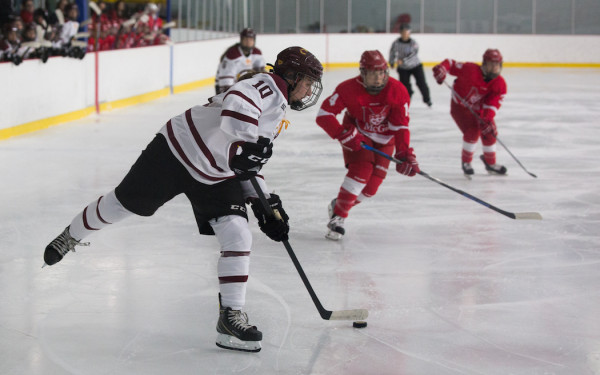The Rouge: Don’t Blame the Rules
Rouge Debate Reignites Following Dunsmore Cup Game
The Dunsmore Cup game, Quebec’s annual provincial football championship, was tied 24-24 between the Laval Rouge et Or and the Montréal Carabins. Laval kicker Vincent Blanchard missed a 48-yard field goal on the last play that would have given the Rouge et Or the victory. The ball fell into the Carabins endzone, but the returner was tackled before running the ball back out. This awarded the Rouge et Or a single point and they won the game, 25-24.
The rouge is a single point awarded to the kicking team when the returning team fails to return the ball out of their endzone on a punt return or missed field goal. As a result, the returning team receives the ball at their own 35 (university football) or 40-yard line (CFL). It is unique to Canadian football and is not used in the American counterpart.
The Dunsmore Cup game reignited the debate about the rouge. Some fans feel it should be eliminated from the game because it most often occurs on a missed field goal attempt. They argue that the kicking team should not be awarded points for missing a field goal.
I am, however, on the other side of this debate. The rouge makes the Canadian game unique, and it should not be eliminated. It acts as a good incentive for teams to run the ball out of their own endzone, instead of simply taking a knee for free yardage. Without the rouge, the play would simply die every time the ball is kicked into the endzone.
I am a fan of both the CFL and the NFL. However, when watching NFL games, I cannot help but roll my eyes when a kick-off or punt lands in the endzone. Most of the time, the returner simply lets it land, and the returning team gets the football at their own 20 (on punts) or 25-yard line (on kick-offs). Teams are aware of the free yardage obtained from the rule and make no attempt at a kick return. At this point, they might as well eliminate kick-offs from the NFL.
In Canadian football, if a kick-off or punt lands in the endzone, the returner feels inclined to run the ball back out. The fear of single-point concession allows for elite showcasing of talent. The game is much more exciting when there are actual kick returns.
Pertaining to the Dunsmore Cup game, I understand why the Carabins would be upset with the way they lost that game. Considering that Laval defeated the Western University Mustangs and the University of Saskatchewan Huskies to win the Canadian university football championship, losing the Dunsmore Cup hurts much more for the Carabins.
But I maintain that the Montréal Carabins have only themselves to blame for losing the Dunsmore Cup.
Firstly, the football only landed two or three yards deep into the Carabins endzone on the missed field goal. The Carabins had three returners in the area, and still could not escape.
Secondly, their defense allowed the Rouge et Or offense to advance 39 yards in 30 seconds before the field goal attempt. The easiest way to avoid losing on a rouge is to play better defense down the stretch, especially in a tie game. Had the Carabins played better defense, Laval would never have even attempted a field goal, eliminating the possibility of a rouge altogether.
It is unfortunate that the Carabins lost that way, but they were well-aware of the rules.
The rouge is not the problem. It produces some amazing finishes in Canadian football games, and provides a unique aspect that distinguishes the Canadian game from the American game.



4_600_375_90_s_c1.jpg)


